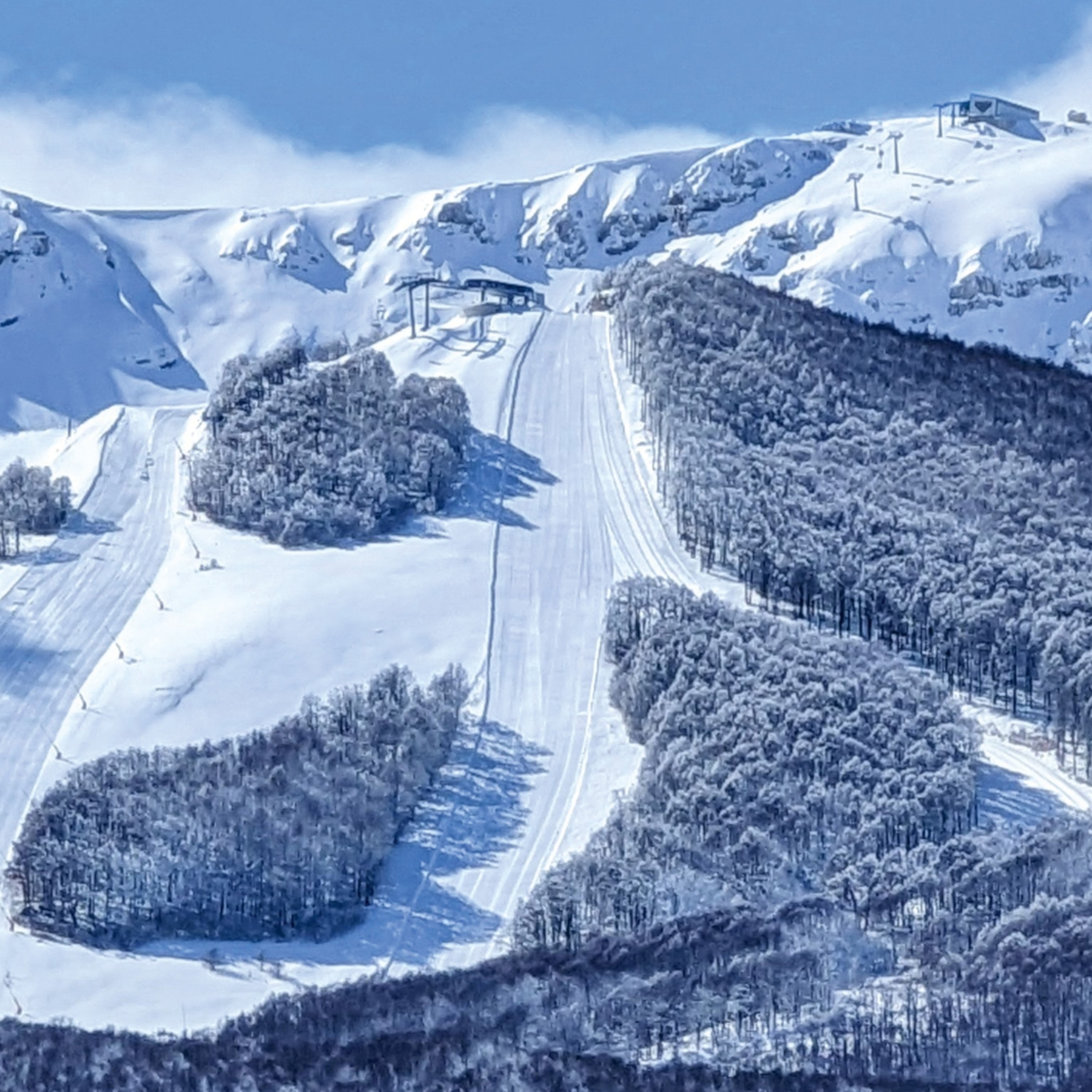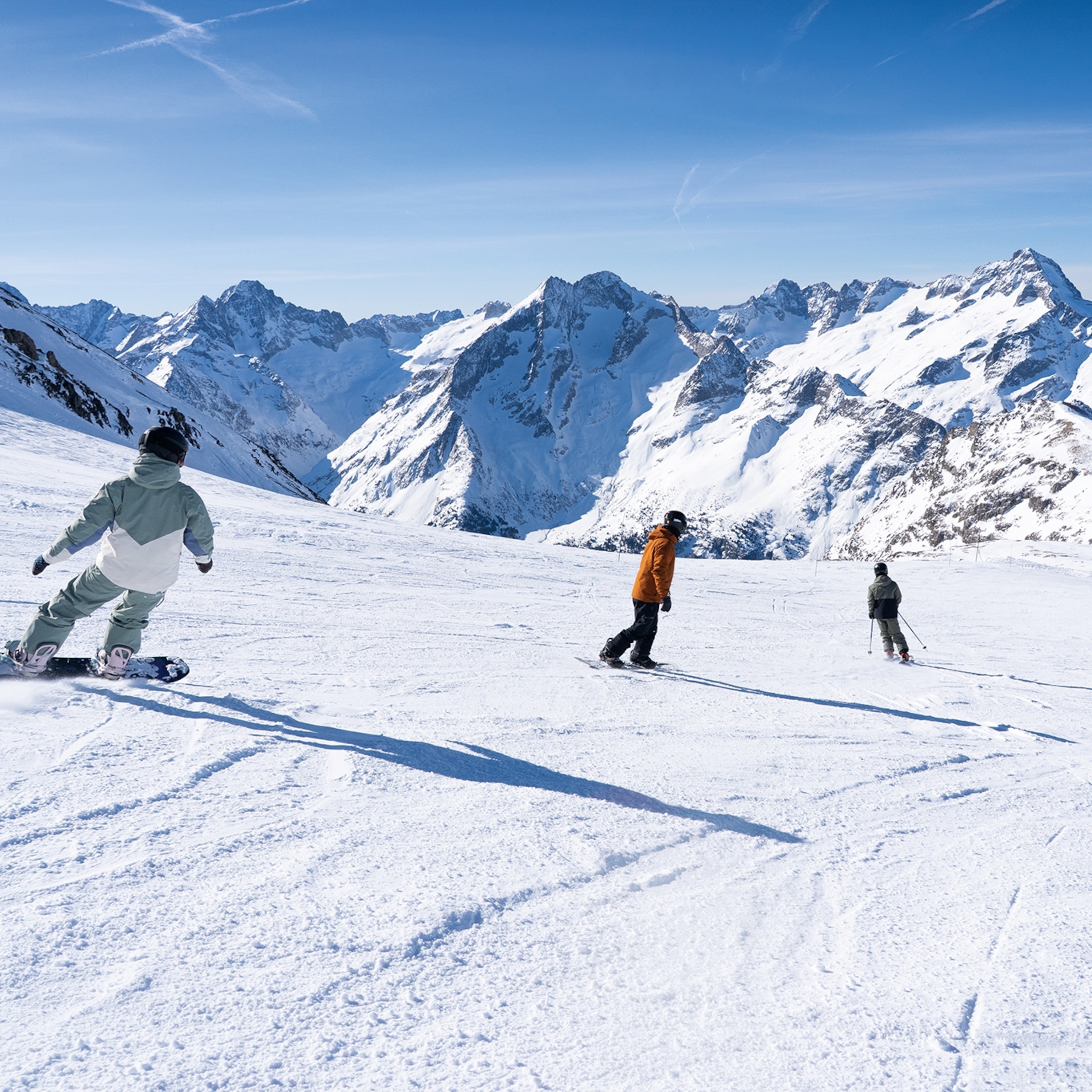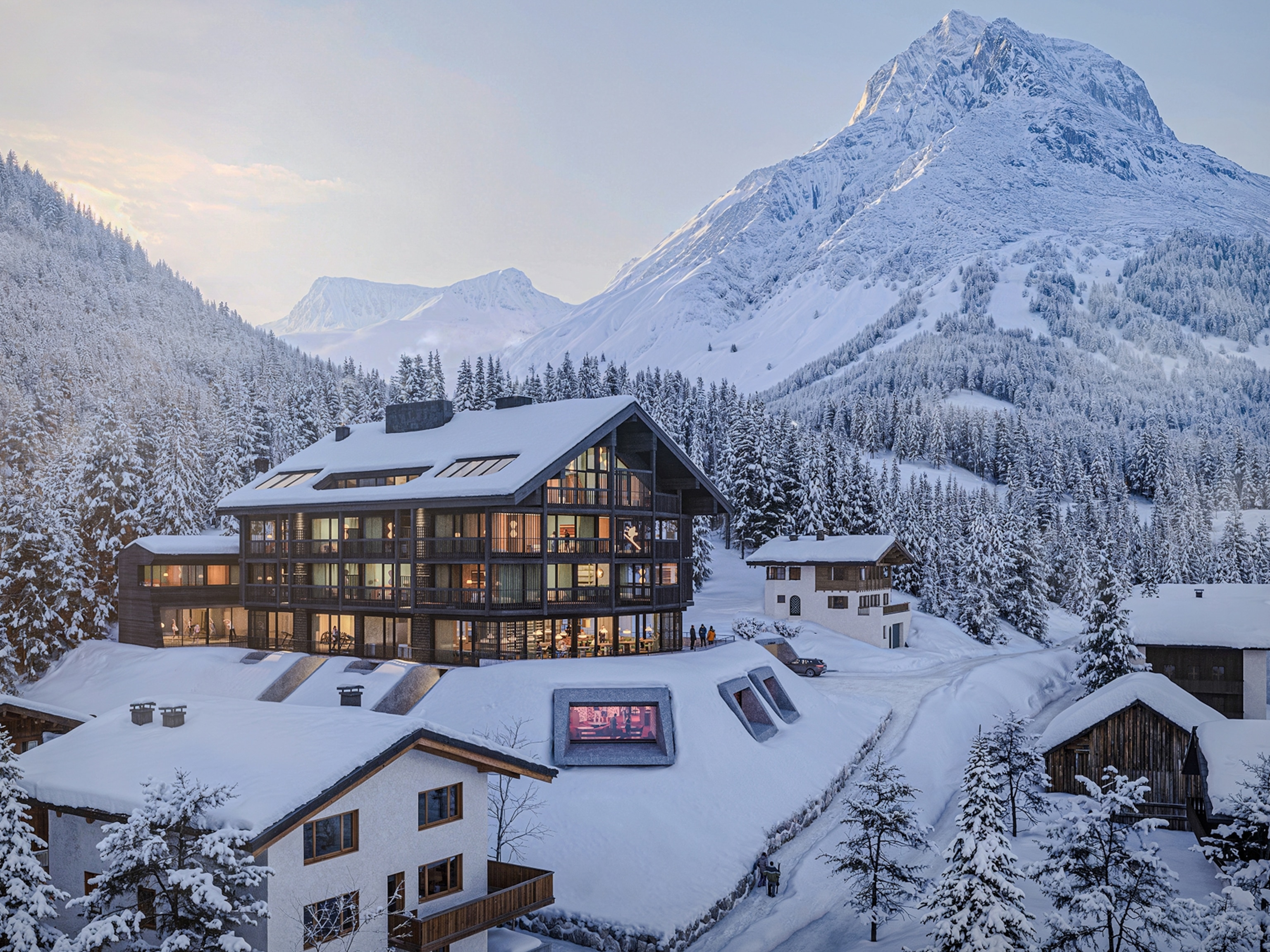
Meet Noora Nemi, the Finnish hotelier with an enduring love of Lapland’s wilderness
Home to the world’s cleanest air and vast swathes of untouched wilderness, Finland is repeatedly named the happiest country in the world. We talk to a member of the local community about smoke saunas, skiing and ancient Sámi traditions.
Often described as Europe’s last great wilderness, Lapland is a magical Arctic region of remote, near-spiritual beauty, home to untouched wilderness, deep, clean lakes and snow-topped fells. Situated in the wild, mystical north of Finland, Lapland is a sparsely inhabited frontier that — despite encompassing a third of the country — is home to just 3% of Finland’s population. It’s also the sacred land of the Indigenous Sámi people, the original and ongoing custodians of the land, who still know the region’s reindeer, rolling fells, wild berries, birds and brown bears as intimately as their own heartbeat.
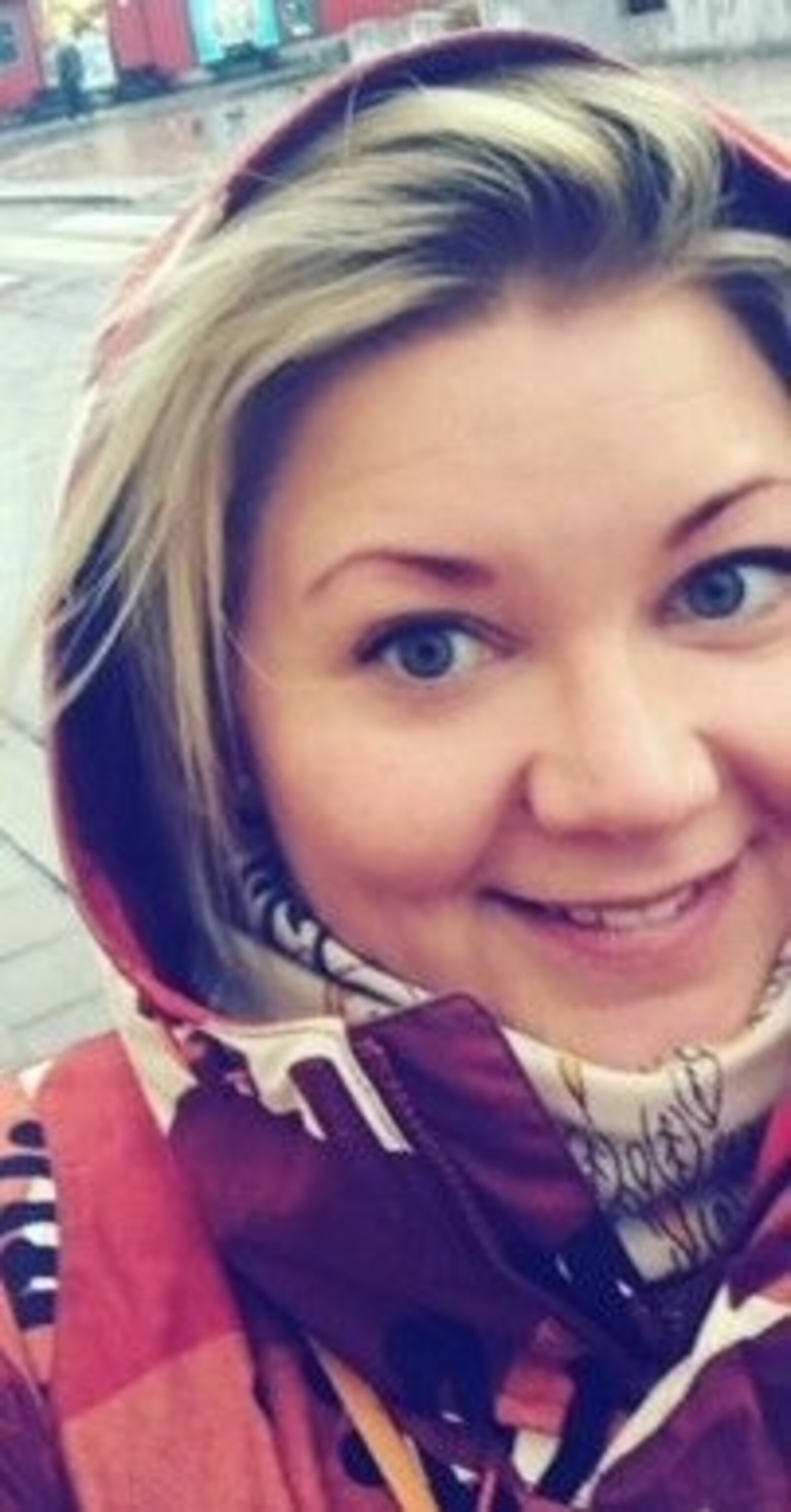
“The Finnish way of life is just different out here,” says Noora Nemi, director of sales and business development at the Design Hotel Levi. “People tend to get really busy in the south, but here, we’re not so conscious of the time. We take each day as it comes.”
Having grown up in southern Finland, Noora moved to Kittilä in Finnish Lapland 15 years ago and is one of the few people who call this vast, subarctic wilderness home. Her village — which is almost as far from Helsinki as London is from the Mediterranean — provides the perfect base for working at Levi, Finland’s largest ski-resort, centred on a mountain of the same name.
“The landscape up here is pure and authentic,” says Noora. “Most of the forests don’t have any tracks, so you have to carve your own.” Mount Levi rises abruptly from the plains of Lapland, where nearby boreal forests lapse into the rockier, scrubbier terrain of the Arctic Circle. Being a mere 1,740ft high, skiing in Levi doesn’t take the form of hair-raising Alpine descents, but, rather, gentle downhill runs, followed by cross-country jaunts through pine forests — their trunks frosted and branches shaggy with freshly fallen snow. At these latitudes, getting out and exploring this little Narnia — both on and off skis — is part of the rhythm of everyday life. And with the turning of the seasons, Noora explains, there are even more reasons to get outside.
"The temperature and environment here are constantly changing. I live by a beautiful lake called Kirkkojärvi, and in the winter, when it freezes over, I walk across it to a special spot where the ground is higher and you can look out over the entire landscape."
Locals say Lapland has eight seasons rather than four: ‘first snow’, Christmas, ‘frosty winter’, ‘crusty snow’, ‘departure of ice’, ‘midnight sun’, ‘harvest season’ and autumn — each with its own cultural traditions, legends and activities. In autumn, Levi’s forests are awash with colour, while spring brings subglacial meltwaters, and summer has 24-hour sunshine, complete with midsummer parties and festivals held under the midnight sun. The latter is also the perfect season to go foraging, a beloved tradition in Finland, where public access law Everyman’s Rights gives anyone living in or visiting Lapland the freedom to roam the countryside, forage and fish in the region’s wild areas. For three brief months, from mid-June to mid-September, temperatures soar as high as 30C, attracting southern city dwellers to Levi’s forests to harvest everything from fruits to mushrooms and herbs, which are then eaten fresh or taken home and used as cooking ingredients
“I’m proud of our equal, honest and down-to-earth culture, and have many happy childhood memories of foraging for wild blueberries, strawberries and cloudberries with my mother. We still do it every summer in Paartoselkä,” Noora says. “There’s something so therapeutic about wandering in the woods and being in harmony with nature. If I’m ever having a stressful day, I just go out into nature and it goes away.”
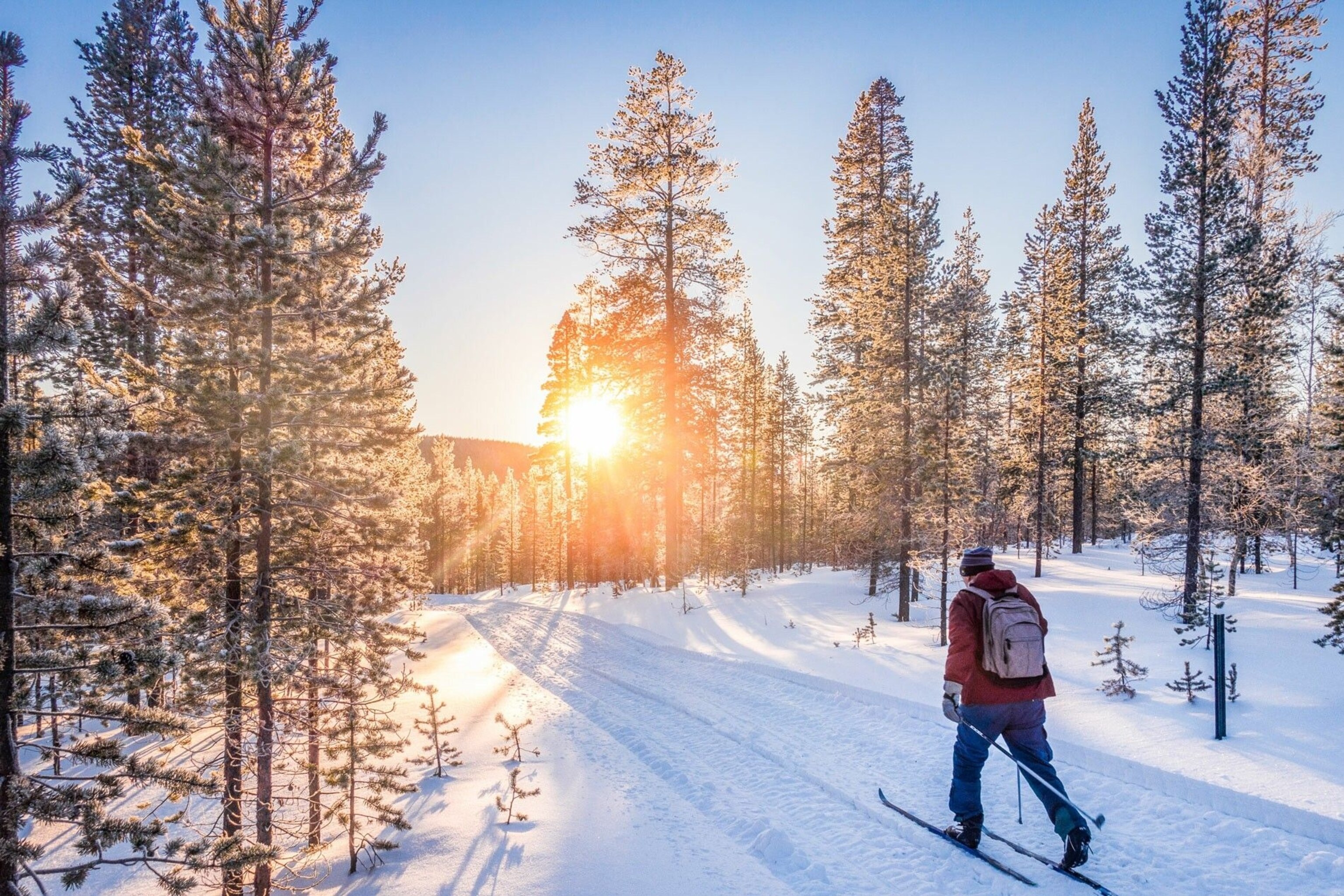
Winter in Lapland doesn't keep locals inside, either. Instead, many embrace the popular practice of ice swimming, believed to offer a variety of mental and physical health benefits. “Ice swimming is really extreme. It’s hard to describe how powerful the energy is after you take an icy plunge in water warmer than the air but still well below freezing. I often swim near my home, where a local association, called Njalla ry, maintains an ice swimming facility.”
It’s hardly surprising that the Finnish people have a deep-seated sauna culture — loving nothing more than following up their icy dips with a burst of heat. “They're a huge part of our heritage and are a place for physical and spiritual relaxation,” Noora says. “Not only do they help relax the body and mind, they also release toxins, increase circulation and improve cardiovascular health. We’re very proud of this and, in my opinion, they’re the best form of mindfulness.”
No matter how far off the beaten track you go in Finnish Lapland, you’re sure to find saunas, in every shape and form. Traditional ones are heated by wood — burned either in a stove with a chimney or in a stove with no chimney. The latter — a smoke-sauna — is the original and believed by most Finns, including Noora, to be the best. “I’m lucky because my own is wooden, rather than electric,” she says. “The heat is different — there’s more moisture in the air.”
This unlikely national pastime isn’t seen as a luxury in Finnish Lapland but, rather, as a necessity, and — according to a report by the UN — is just one of the many reasons why Finland ranks as the happiest country in the world. But Noora wonders if there’s something else at play.
“Maybe it's just the way we look at life,” she says. “Of course, we’re ambitious, career-oriented and we want to develop and achieve. But I also think we don't take life too seriously.” Perhaps she’s right. Perhaps we could all slow down and be a little more wild and free.
Plan your trip
Inghams offers a range of ski holidays at Levi resort and other destinations across Lapland. For more information and to plan your trip, visit inghams.co.uk
Sign up to the National Geographic Traveller (UK) newsletter and follow on social media:
